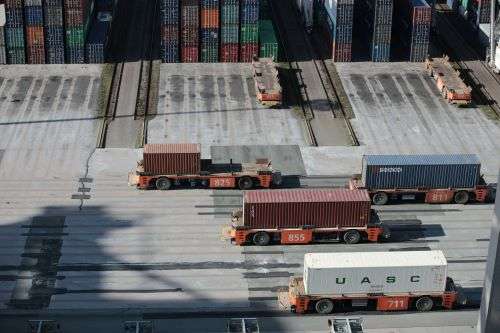The Red Sea crisis and global port congestion are driving up ocean freight rates, creating a challenging environment for shippers. Here’s a look at the factors contributing to this situation and strategies for navigating these turbulent waters.
The Red Sea Crisis and Its Impact
The Red Sea crisis has thrown the ocean freight market into turmoil, leading to increased costs for shippers. The initial vessel attacks in the Red Sea led to diversions for ocean carriers, resulting in longer transit times and global port congestion. This, coupled with high demand and reduced capacity, has put significant pressure on the ocean market.
Shippers are feeling the pinch with higher freight costs. For instance, rates from Asia to the U.S. West Coast and East Coast have soared, according to a recent update from Freightos. While not as high as during the pandemic, the current prices are a stark reminder of that period.
Longer Transit Times and Congestion
The Red Sea crisis has forced many shipping lines to seek alternative routes, leading to longer transit times. These extended transit times translate into additional fuel and operating costs for ocean carriers, which are then passed on to shippers through rate increases and surcharges.
The crisis has also led to congestion at some ports in Southeast Asia and the Mediterranean Sea. This congestion, along with the supply and demand imbalance, is contributing to the rise in freight rates.
The Role of Blank Sailings
To manage the effects of congestion and vessel delays, some ocean carriers have increased their use of blank sailings – the practice of skipping a port or cancelling a route. This increase in blank sailings is largely driven by the Red Sea crisis and worsening port congestion in key hubs in Asia and Europe.
Strategies for Shippers
Despite the challenging market conditions, shippers have several strategies at their disposal to mitigate the effects of high costs. Increasing visibility and forecasting can help shippers plan volume and costs more effectively. Shippers should also aim to be predictable and avoid shipping over weekly allocations, as this can lead to higher rates.
In the current ocean freight market, there are challenges due to the Red Sea crisis and global port congestion. However, with careful planning and strategic decision-making, shippers can navigate these turbulent waters and mitigate the impact of rising costs.







